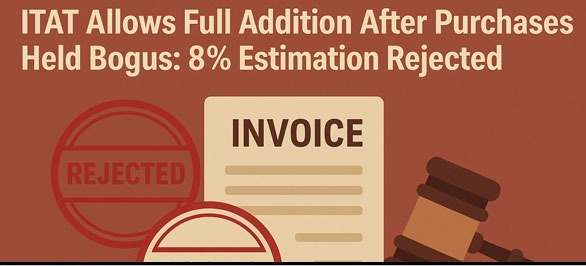P.N. Mookerjee, J.@mdashThis Rule arises out of a suit for recovery of possession of the disputed property from the defendants after a declaration of the plaintiff''s tenancy right therein under defendants nos. 3 and 4, a declaration of determination of the defendant no. 1''s tenancy under the plaintiff and a further declaration that defendant no. 2 is a trespasser. An objection was taken to the maintainability of the suit on the ground that it was bad for multifariousness. This defence has been accepted by the learned trial Judge and the plaintiff has been directed to make his election whether he will proceed against the defendant no. 1 for ejectment and arrears of rent and damages or against the trespasser defendant no. 2 and the superior landlords defendants nos. 3 and 4 for the several reliefs, claimed against them.
2. In the plaint, there was a specific allegation of conspiracy amongst all the defendants for keeping the plaintiff out of possession of the disputed property, but the learned trial Judge has held that this mere allegation of conspiracy would not be sufficient for a lawful joinder of the several causes of action against the several defendants and that, accordingly, it would be no answer to the defence objection of multifariousness. It is against this order that the present Rule has been obtained by the plaintiff.
3. It seems to us that the impugned order cannot be supported. The allegation of conspiracy in the plaint, as it stands, would be sufficient for uniting or joining the several causes of action against the several persons concerned under Order 1, rule 3 of the Code of Civil Procedure. This provision has been liberally interpreted by courts and its scope has never been attempted to be narrowed down or restricted. The point was elaborately discussed in the leading case of Ramendra Nath Roy v. Brajendra Nath Dass (1) (1917) 21 C.W.N. 794: ILR 45 Cal. 111. The same view has been affirmed in the more recent case of
4. There can be no question also that, if two separate suits were brought for khas possession as against defendant no. 1 and against the other defendants, at least two common questions of fact and law would arise, namely, that the plaintiff has a subsisting tenancy right under defendants nos. 3 and 4 and that, further, he has determined the defendant no. l''s tenancy under him.
5. In the above view, on a consideration of the basic principles, underlying the rule of joinder of parties and causes of action, the present action as one unit should be held to be maintainable.
6. It is true that, in the plaint, there are also other claims, namely, of arrears of rent and mesne profits as against defendant no. 1, the latter for the period after the determination of his (defendant No. 1''s) tenancy and damages or mesne profits as against defendant no. 2, but these are only incidental or consequential reliefs flowing from or arising out of the main relief of recovery of khas possession,- more elaborately, - of declaration of the plaintiff''s tenancy right under defendants nos. 3 and 4, determination of defendant no. 1''s tenancy under him and establishment of the plaintiff''s claim for khas possession against the defendants and defendant no. 2, in particular, as trespasser It is perfectly clear that such incidental or ancillary or consequential reliefs can always be included in suit for the main relief.
7. It is to be remembered also that the statute expressly permits joinder of defendants and causes of action not only where the right to relief against the several defendants exists jointly but also severally or, in the alternative (vide Order 1, rule 3 of the Code) and does not require that all the defendants should be interested in all the reliefs (vide Order 1, rule 5 of the Code).
8. In the above view, we hold that the learned trial Judge was in error in accepting the defence objection of multifariousness in the instant suit and in directing the plaintiff to make his election as aforesaid.
9. We would, accordingly, answer the point in favour of the plaintiff, make this Rule absolute, set aside the order of the learned trial Judge and direct that he do proceed with the instant suit in accordance with law in the light of the observations, made hereinbefore. There will be no order for costs in this Rule.
Laik, J.
I agree.

